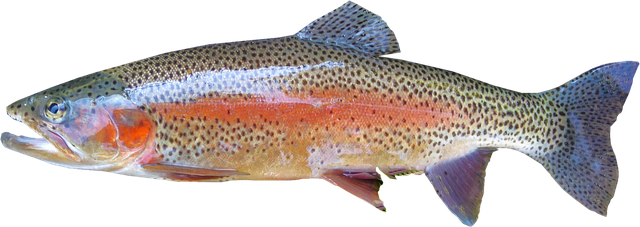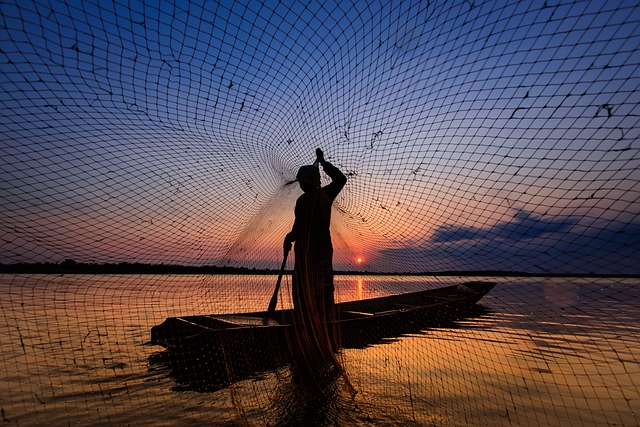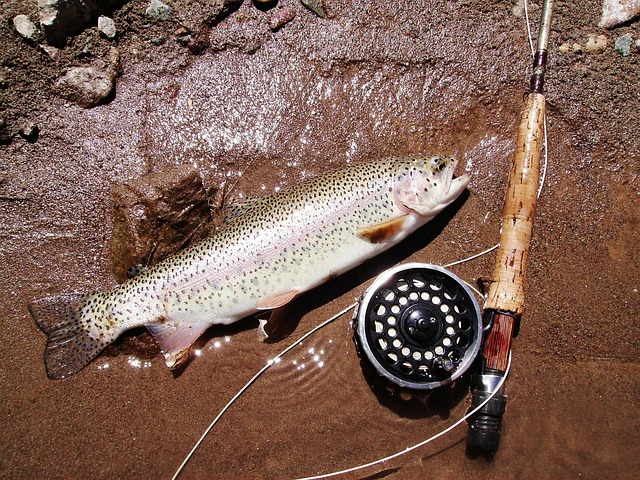The Upper Willamette River offers a diverse paradise for anglers with its rich variety of fish species, including trout, bass, and salmon, and supports numerous fishing techniques. Adhering to local fishing regulations is key to preserving the region's ecological treasures and ensuring future access to these prime Upper Willamette fishing spots known for their scenic beauty and abundant aquatic life.
Explore the best fishing spots along the Upper Willamette region, where a diverse range of rivers and lakes offer exceptional angling experiences. From the serene beauty of clear streams teeming with native trout to vast reservoirs attracting diverse fish species, this area caters to all levels of anglers. Understanding the local fish population’s habits and the ideal techniques for each spot is key to success. Moreover, knowing the fishing regulations and conservation efforts ensures a sustainable future for these precious resources. Dive into this guide for a comprehensive exploration of Upper Willamette fishing.
- Upper Willamette Fishing Spots: Top Locations for Anglers
- – Highlighting the diverse range of rivers and lakes within the Upper Willamette region suitable for fishing.
- – Describe scenic beauty and unique characteristics that make each spot appealing to anglers.
- Understanding the Fish Population: Upper Willamette Fish Species
Upper Willamette Fishing Spots: Top Locations for Anglers
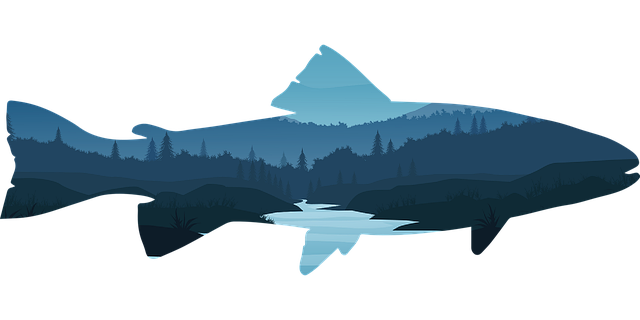
The Upper Willamette River is a haven for anglers, offering a diverse range of fishing spots and opportunities to catch various fish species. Here, we highlight some of the top locations for anglers seeking an exceptional experience in this scenic river system. From its pristine headwaters to the broader reaches near urban areas, the Upper Willamette presents unique challenges and rewards for all levels of fishermen.
Anglers can expect to find a variety of Upper Willamette fishing spots catering to different preferences. For those who enjoy fly fishing, sections above the metropolitan areas are particularly renowned for their healthy populations of rainbow trout and cutthroat trout. Downstream, near conservation areas, the river supports a robust ecosystem with bass, catfish, and even salmon runs during specific seasons, making it a haven for sportfishing enthusiasts. Exploring these Upper Willamette fishing spots not only promises memorable catches but also encourages adherence to local fishing regulations aimed at preserving the region’s valuable aquatic resources and promoting sustainable fishing practices.
– Highlighting the diverse range of rivers and lakes within the Upper Willamette region suitable for fishing.
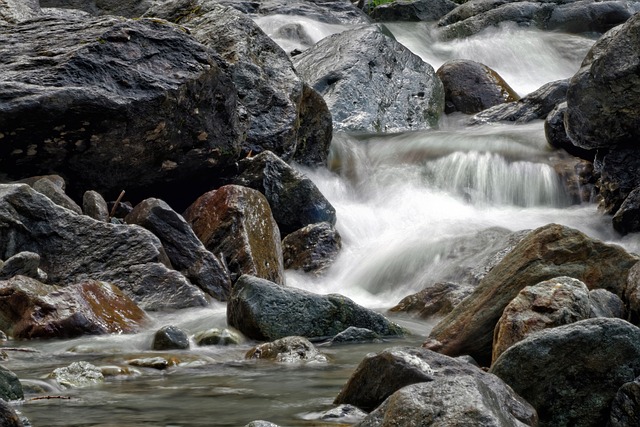
The Upper Willamette region is a true paradise for anglers, boasting an incredible diversity of waterways teeming with various fish species. This expansive area encompasses numerous rivers and lakes, each offering unique fishing experiences. From the clear, cool waters of the North Santimon River, ideal for fly fishing, to the vast reservoirs like Crescent Lake, known for their trout populations, there’s a spot to suit every fisherman’s taste. The region is particularly renowned for its excellent bass fishing, with species such as smallmouth and largemouth bass providing thrilling challenges for anglers year-round.
Anglers can also target rainbow trout, salmon, and even rare species like the steelhead trout in various locations along the Willamette. Upper Willamette fishing techniques vary depending on the season and water body, with fly fishing being a popular method due to the pristine conditions and healthy insect populations. It’s essential to be aware of the local fishing regulations, which are designed to preserve the ecosystem and ensure sustainable fishing practices. These guidelines promote responsible conservation efforts, allowing future generations to enjoy the abundance of fish species that make the Upper Willamette such an attractive destination for anglers seeking exceptional experiences.
– Describe scenic beauty and unique characteristics that make each spot appealing to anglers.
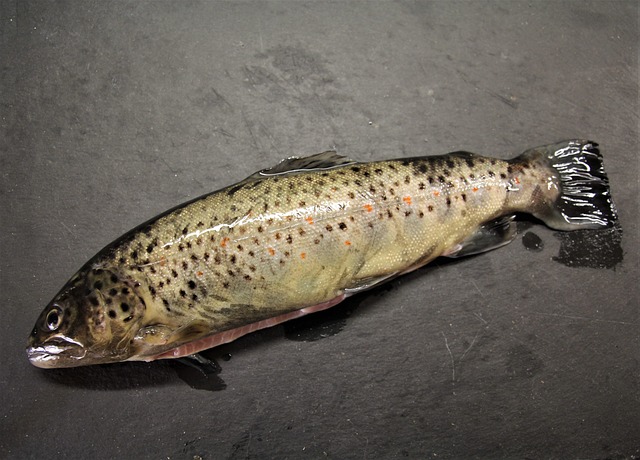
The Upper Willamette River is a haven for anglers, offering a diverse array of fishing spots that blend breathtaking scenic beauty with unique ecological characteristics. Each bend in the river unveils a distinct landscape—from lush, green valleys to majestic waterfalls—that provides shelter and sustenance for a wide range of fish species. The water here ranges from crystal clear to deep pools, creating habitats that cater to both surface-feeding and bottom-dwelling anglers alike.
Beyond its natural allure, the Upper Willamette stands out among fishing destinations due to the diversity of techniques it supports. Anglers can try their hand at traditional spin fishing, target specific species like trout or salmon with fly fishing, or even explore the river’s depths using bottom-fishing gear. What’s more, the region’s commitment to conservation and adherence to strict fishing regulations ensure that these Upper Willamette fishing spots remain vibrant and healthy for future generations of anglers.
Understanding the Fish Population: Upper Willamette Fish Species

The Upper Willamette River is home to a diverse range of fish species, each with unique characteristics and habits. Understanding this variety is key to maximizing your fishing success in this region. Among the most sought-after species are trout, salmon, and bass, each drawing anglers from far and wide. Trout, including rainbow, cutthroat, and brown varieties, thrive in the river’s clear, cool waters, making Upper Willamette fishing spots like the South Fork and McKenzie River particularly popular for fly fishing enthusiasts.
Salmon runs occur annually, attracting both commercial and recreational fishers. Coho, Chinook, and Steelhead salmon can all be found in the Upper Willamette, offering a dynamic fishing experience. Bass, such as smallmouth and largemouth varieties, are also abundant, providing opportunities for anglers to employ various techniques including spinning, trolling, and jerkbaits. However, it’s crucial to adhere to local Upper Willamette fishing regulations and practice conservation efforts to ensure these species thrive for future generations of anglers.








